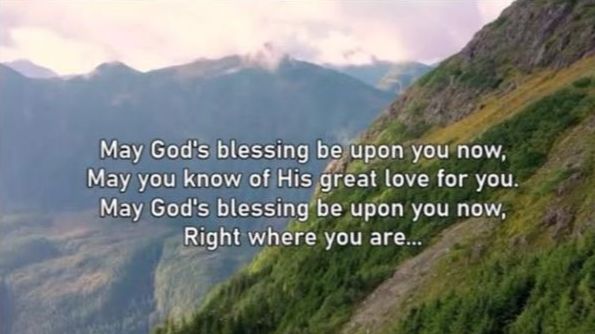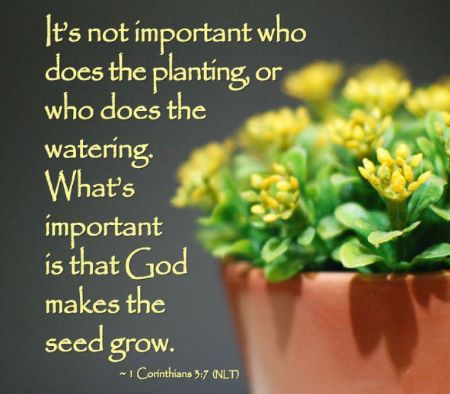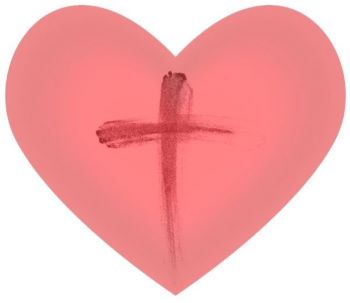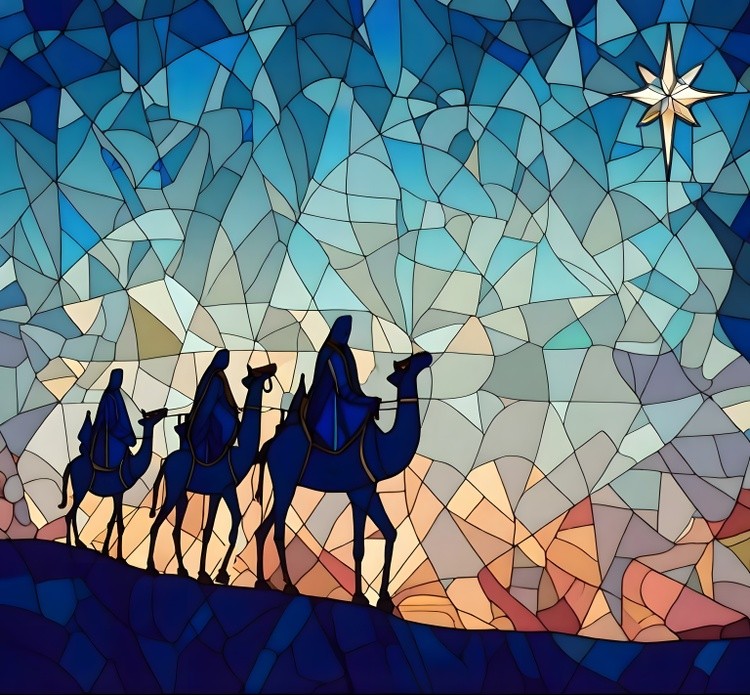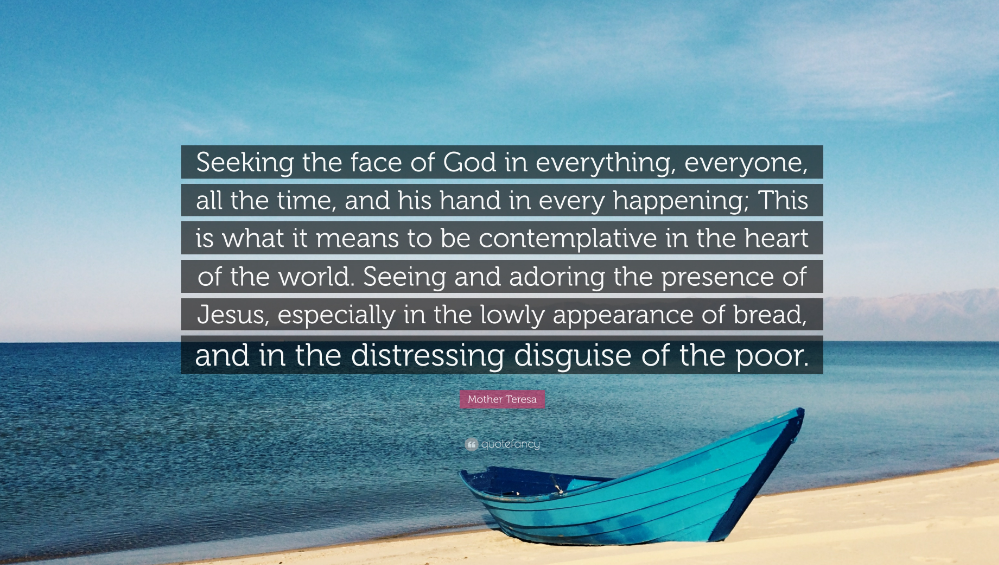
Ordinary Time
The church calendar describes two periods of ordinary time: one begins on the day after the Feast of the Baptism of the Lord (the end of the Christmas season) and ends on the day before Ash Wednesday. The other began (this year) on May 29, the Monday after Pentecost (the conclusion of Eastertide) and continues until the Saturday before Advent Sunday (the First Sunday of Advent) –– although several Sundays bear the names of feasts or solemnities celebrated on those days –– including Trinity Sunday and the Feast of Christ the King.
Periods of time that are considered ordinary are often contrasted with seasons or feast days which are holy or sacred; and similarly, the church has often made distinctions between sacred space and unconsecrated (profane) space (the Oxford English Dictionary defines profane as “ritually unclean or polluted”). Many people, when they approach the altar, bow slightly (reverence) to show respect for holy space. But here’s a true story.
When I served at Church of the Redeemer in Pittsburgh (for five months in 2011 in an extended supply), I served a church which hosted many meetings. We discovered several days in advance, that because of “overbooking,” a group which met there regularly couldn’t meet in their regular room; and so it was decided that they’d meet in the sacristy on folding chairs (words like sacristy and sacristan have the same Latin root as sacred). A parishioner who caught wind of this accommodation expressed great concern to me, about this “kind of group” meeting in sacred space. Of sacred space being used for something so profane. The concern embodied their belief that certain lines ought never be crossed.
But part of us knows this to be untrue, since one of our most beloved Christmas Carols, O Come All Ye Faithful, affirms the mystery of incarnation, and of the every-where-ness of Christ in the words “and he abhors not the Virgin’s womb.”
Yet we humans can be very good at establishing boundaries of all sorts. Pigeonholing ideas or people, and trying to make things fit into neatly ordered categories –– even when they don’t –– as we try to maintain our sense of control over creation. But contemporary theologians have begun to frame this truth in a different way.
Richard Rohr wrote: Jesus enters the temple and drives out the salesmen who “were selling and buying there,” and who were trying to sell worthiness, purity, and access to God, just as the Catholic Church did later with indulgences of various sorts. This is the great temptation of all religion. Jesus symbolically dismantles this system by not allowing it to operate in its present form and releasing the animals that were sold for sacrifice. The temple of religion (and we can read “church” or “mosque” too) is henceforth to become personal, relational, and embodied in him and other people, and no longer in a physical building.
The precise message of the Raised Up Christ is that God is available everywhere, since his body moved beyond any limits of space and time. But for some reason, we like to keep God “elsewhere” or “just here,” where we can control God by our theologies. We often tell God who God can love or not love; and we often believe that God must conform to our myopic moral systems and judgments.
This public demonstration “against and inside of” the Temple’s sacred space is surely the historical action that finally got Jesus killed. But the trouble with declaring one space sacred is we then imagine that other spaces are not! Here Jesus takes on the major detours of false religion, which are any attempt to “buy” God by exclusionary purity and debt codes, and by emphasizing “sacrifices” over basic mercy and compassion. Jesus really did come to liberate God for humanity and humanity for God.”
We know from the work of Mother Theresa and others, that holiness resides even in the most squalid of places. And we know that what we do on Sunday and what we do during the rest of the week are not really separated; but are separated only by the mental conventions we impose on them. But ordinary time and ordinary things are full of wonder, mystery, incarnation, and redemption.
So as we continue our walk though ordinary time –– which ends on December 3 (the church’s Advent I) or on November 12 (our seven-week Advent I) –– please continue to be aware of when and where you find surprise, awe, and the divine, in a season that’s supposed to be just run-of-the-mill.

